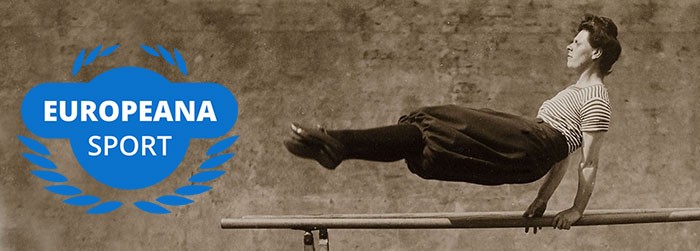Still going strong in the north of England
It's a Monday evening in the early summer. We've got the living room windows open to let the scent of the newly blooming roses in. Every few seconds we hear a distant clink, and an occasional cheer. Up on the village green, just outside the village pub and finally, after a hiatus of a year due to the coronavirus pandemic, an almost-crowd of local men (it does seem to be a male thing) has gathered to play a few ends of quoits, pints of beer in hand.
The version of the game that they're playing (called the 'northern game') has been going on in villages around England for close to 150 years (Scotland and Wales have their own version).
A 'quoit' - pronounced 'k' as in 'key', 'oy' as in 'boy' and 't' as in 'tin' - is a heavy iron or steel ring about 14cm in diameter and weighing around 2.5kg.
Set into the ground are two pairs of concrete rectangles, each with a wooden bar (a toe rail) across one end, marking where a player must stand, and a square pit of clay at the other end in which there’s a metal spike or stake (the hob).
The aim is to throw the quoit from one end of the pitch to the other end (a distance of around 10m), scoring points for the closest quoit to the hob - hence the metallic clink when it gets close and the cheers from the crowd when it goes right over (a ringer).
There's a theory that quoits is related to the discus and was brought to Britain by the Romans. But it might also be derived from the old pub game of throwing horseshoes at a target on the ground.
Either way, it's popular in the Yorkshire Dales, one of the UK's National Parks, where there's enough players for a two-division league.
Many of the villages have their own quoits pitches - usually close to the pub, as Stan Smith, Chairman of the Lower Dales Quoits League points out, 'A game of Quoits is inexorably associated with a pint at the village pub'.
Most of the time, the clay pit and hob are covered over by a metal or wooden cover, causing visitors to stop and speculate over the mystery of this thing in the ground. Is it access to the drains? Part of the children's playground? Sometimes when I'm passing and hear this conversation, I let them in on the answer. Sometimes I don't, and the mystery remains.
Share your sport story
Can you help us to tell the story of sport in Europe in the past and the present?
We invite you to tell us about your sport experiences through objects like photographs, memorabilia, equipment or prizes.

